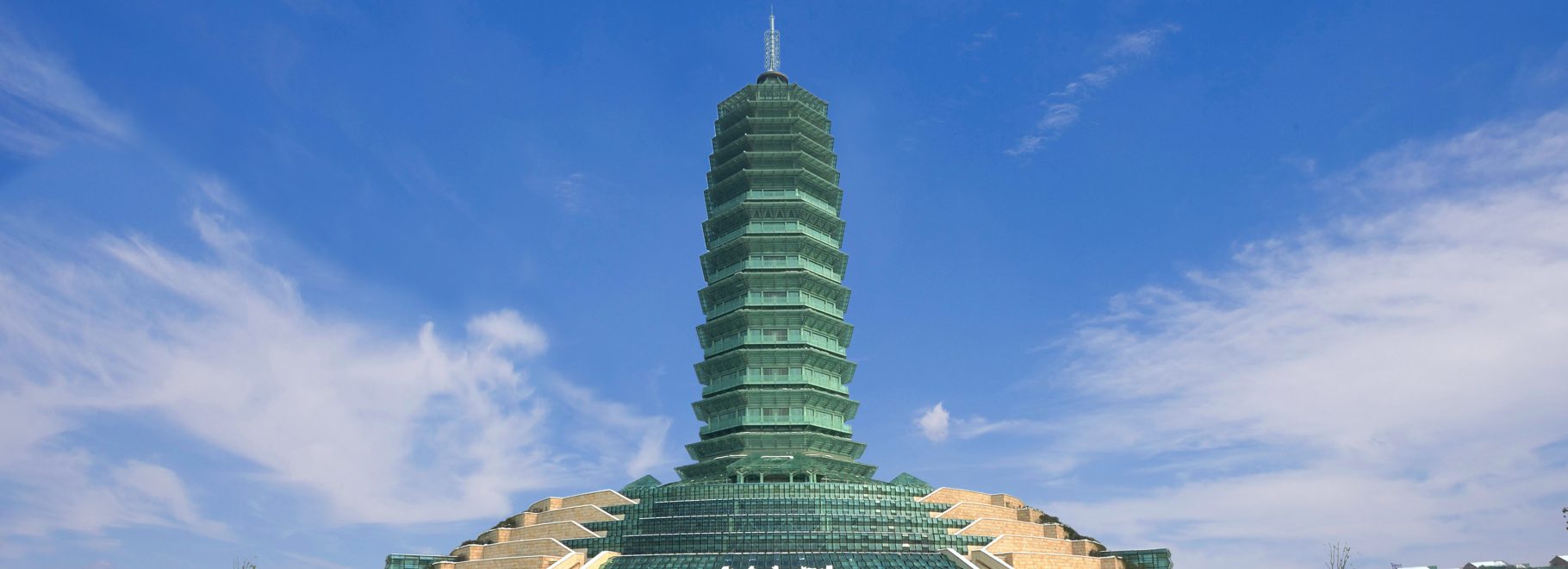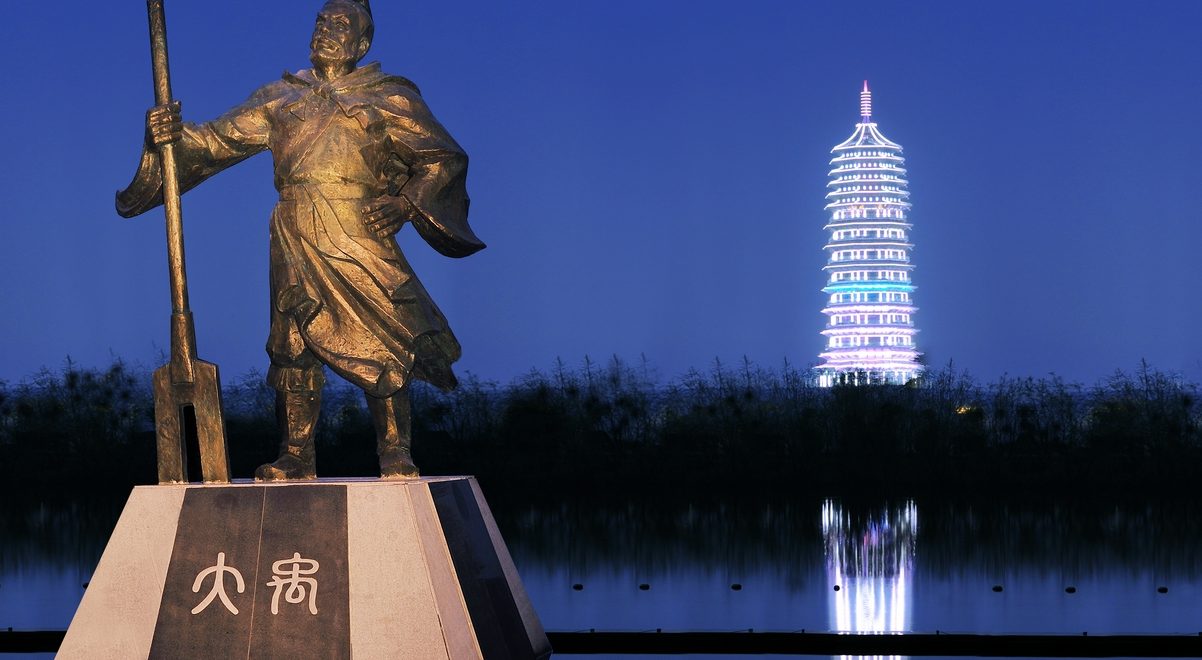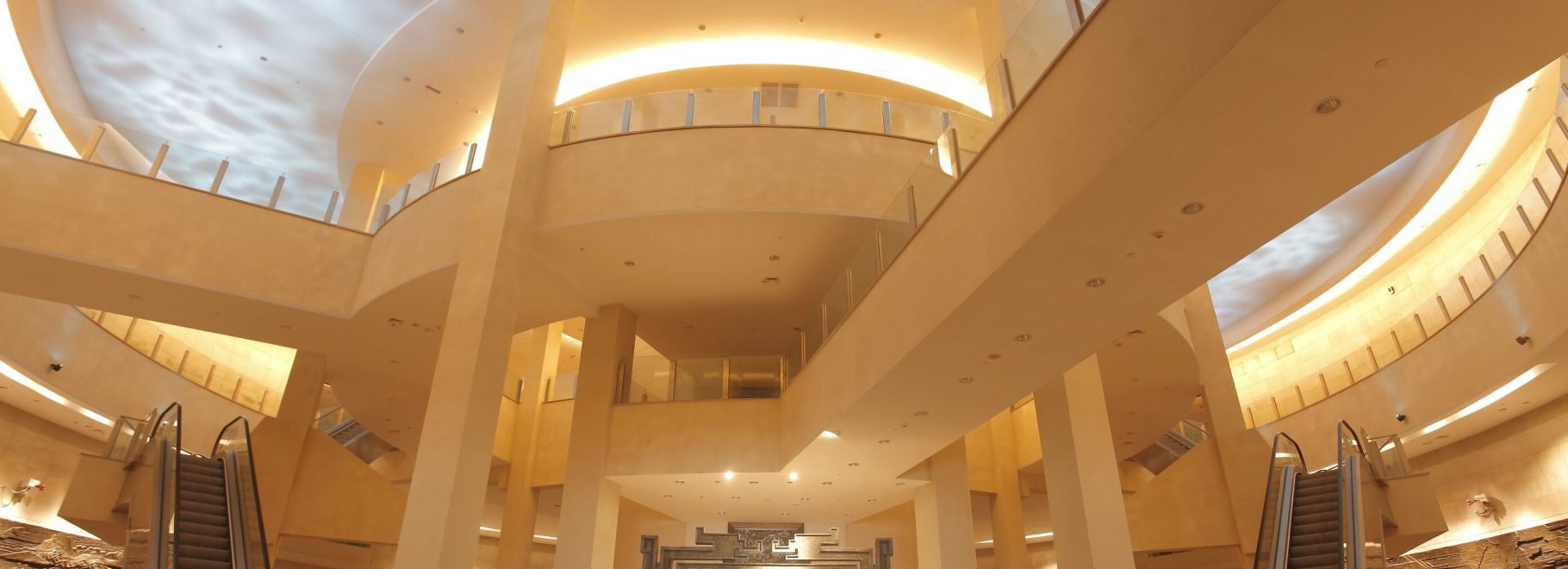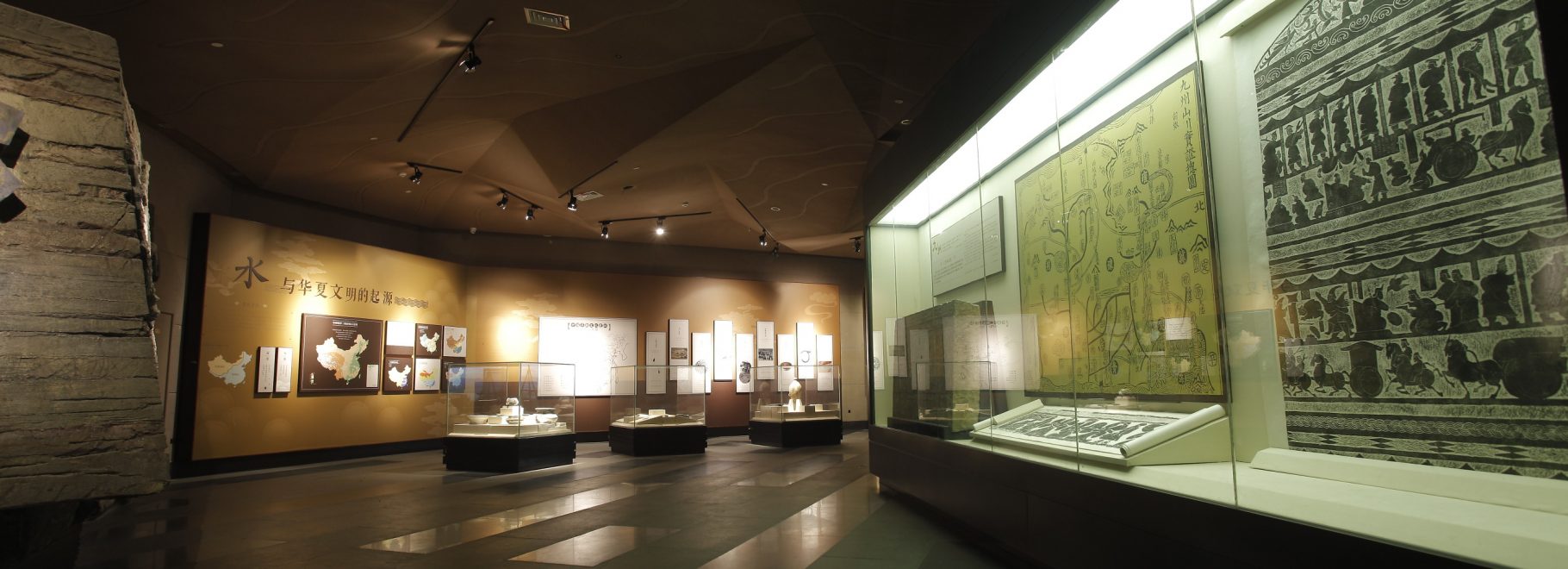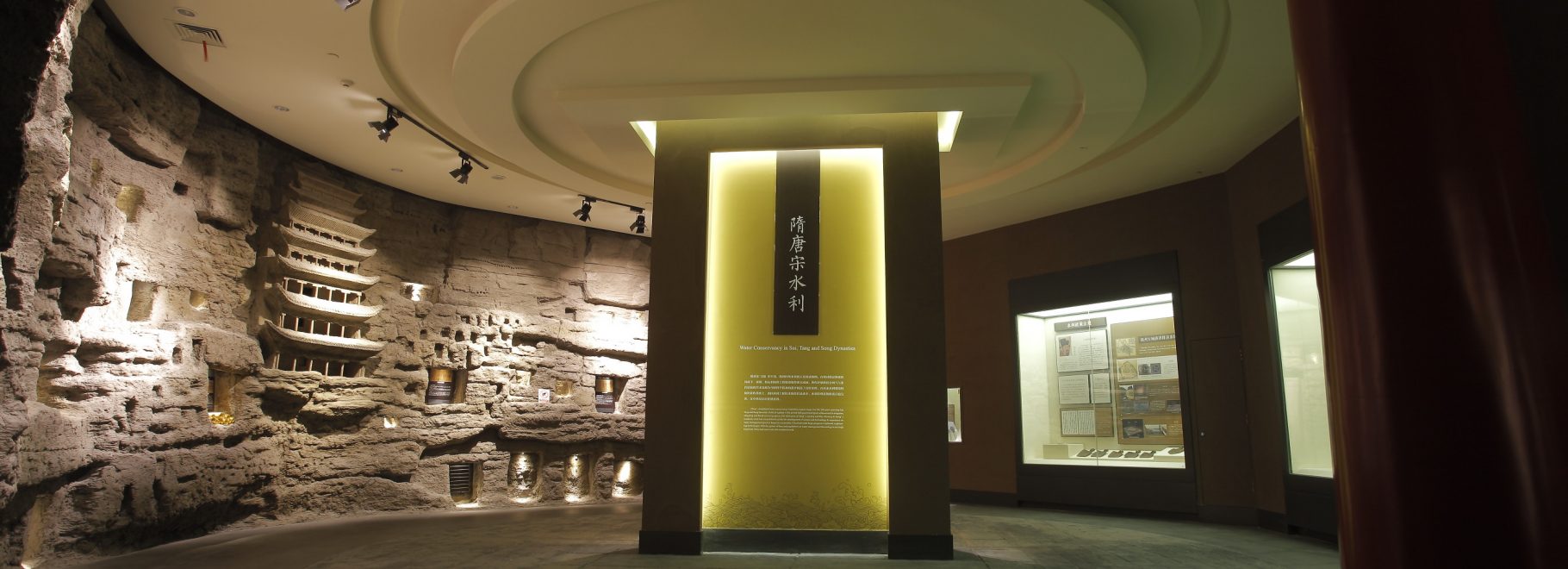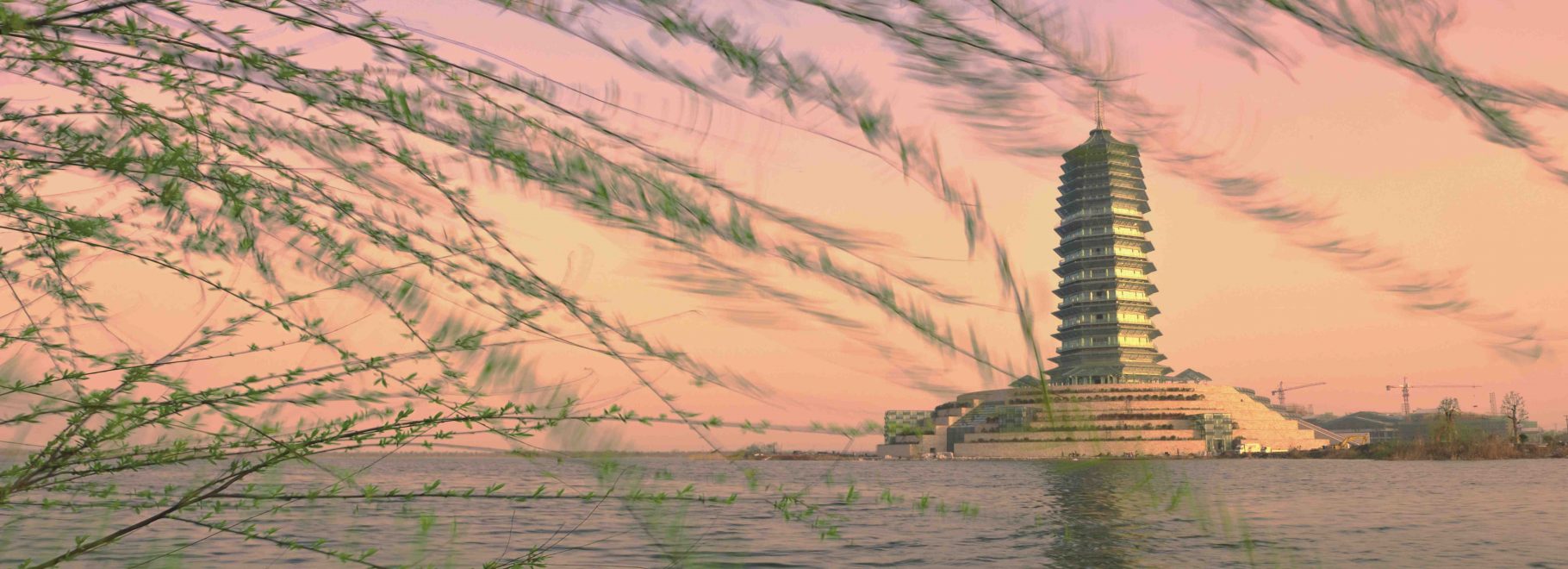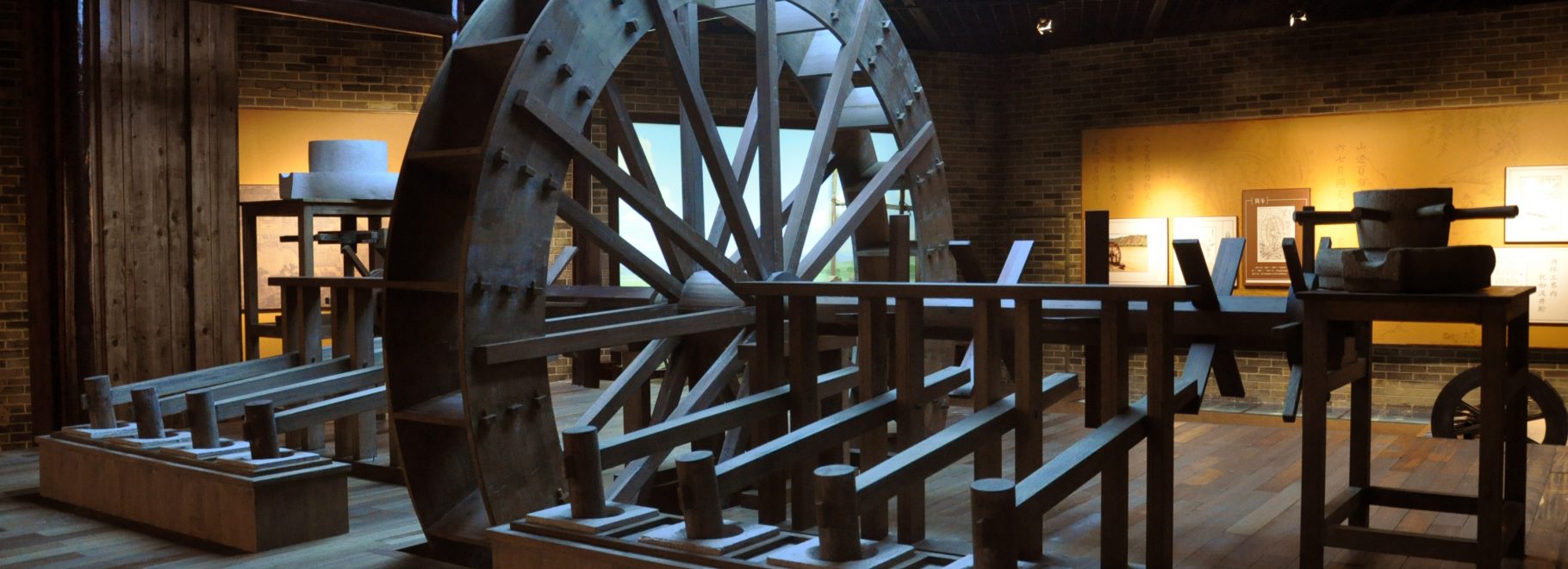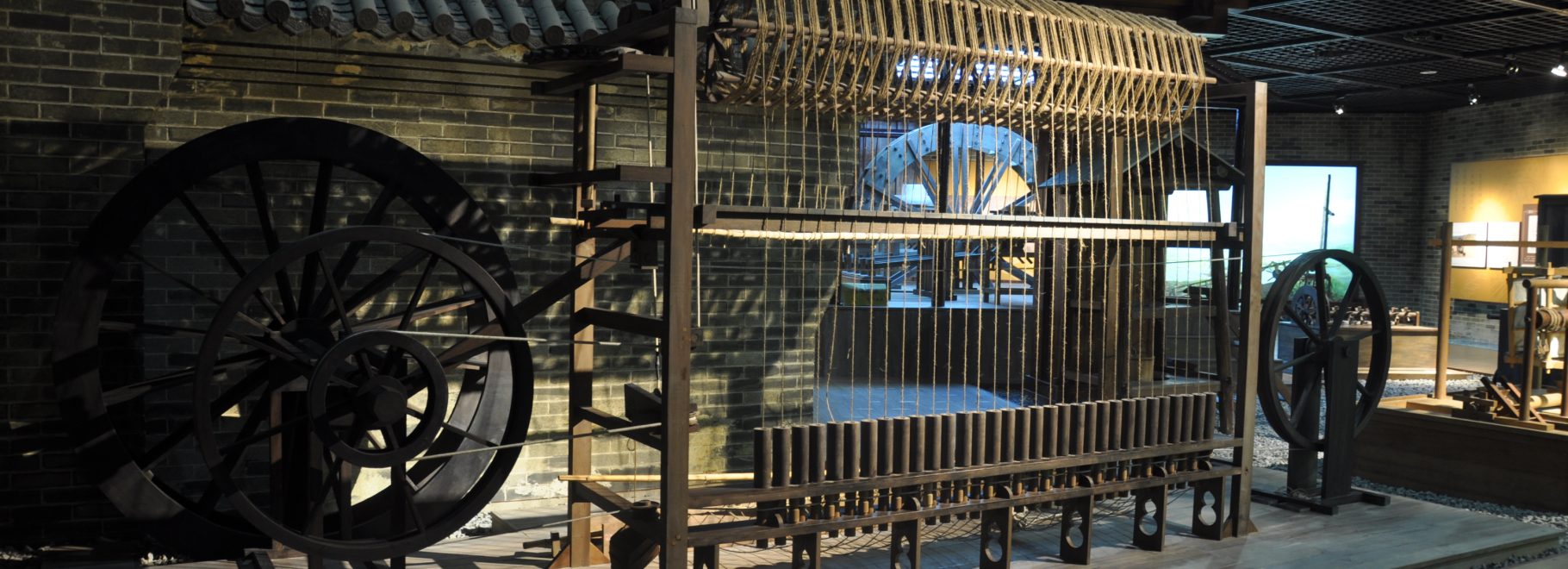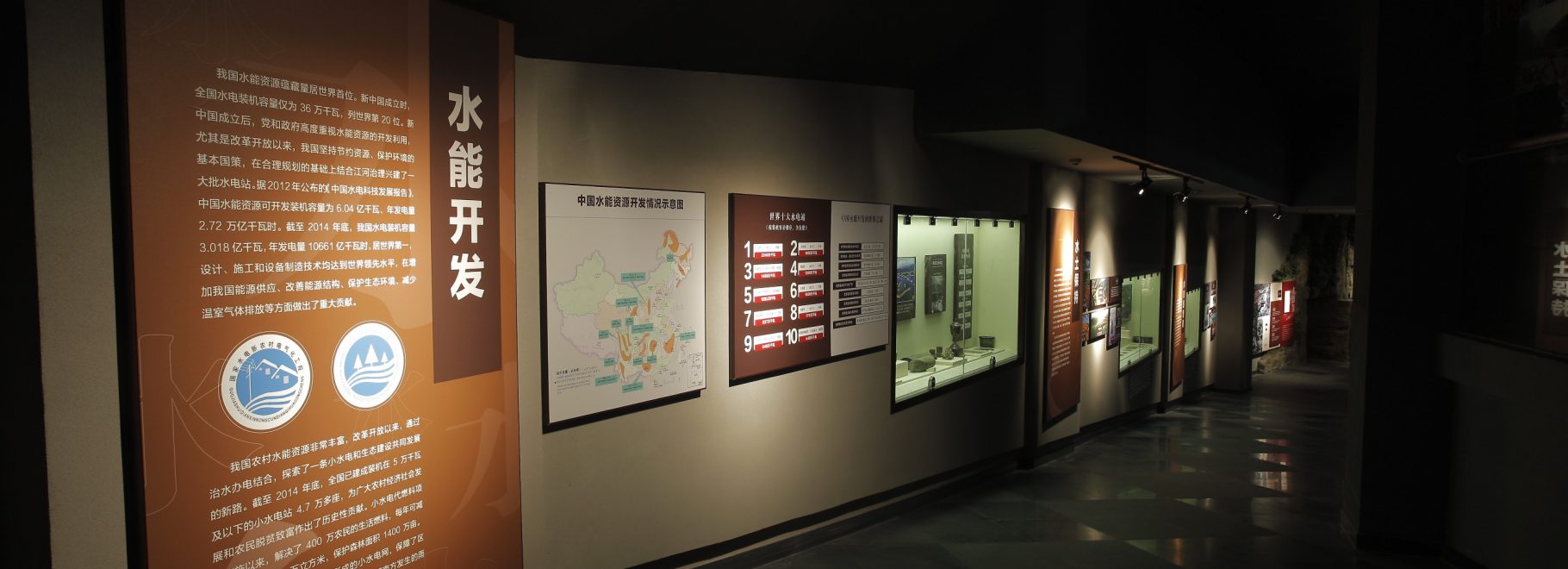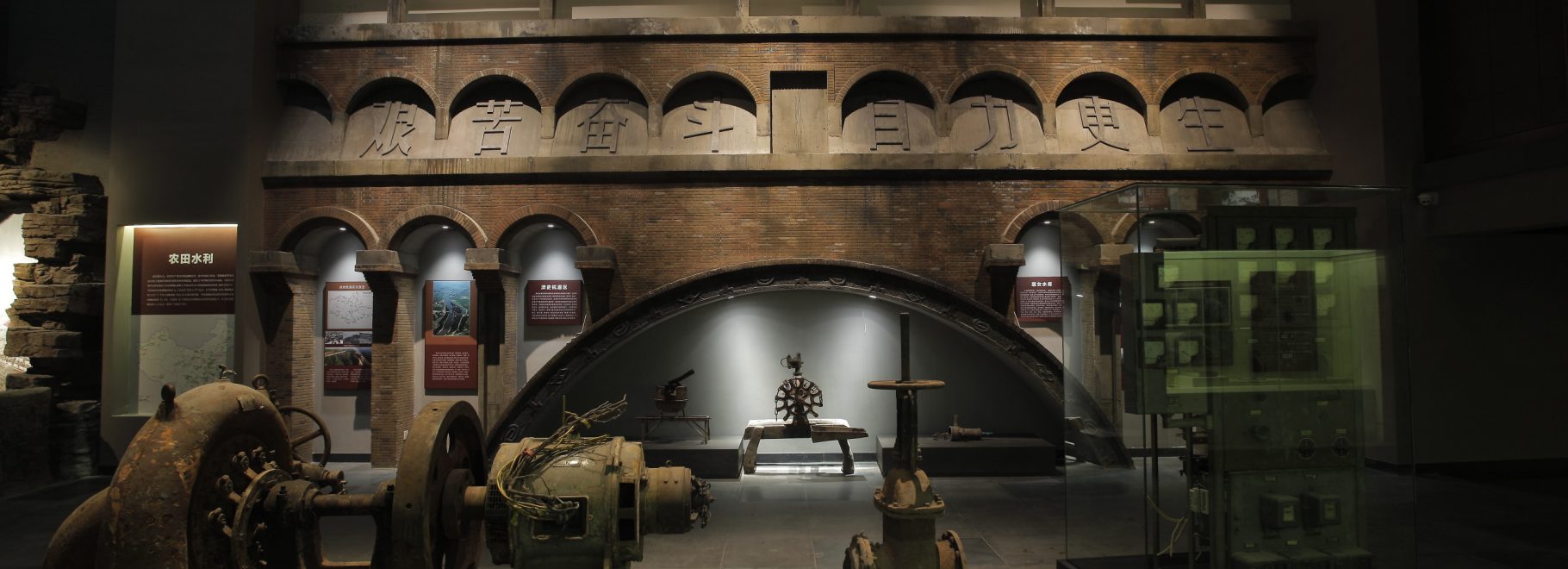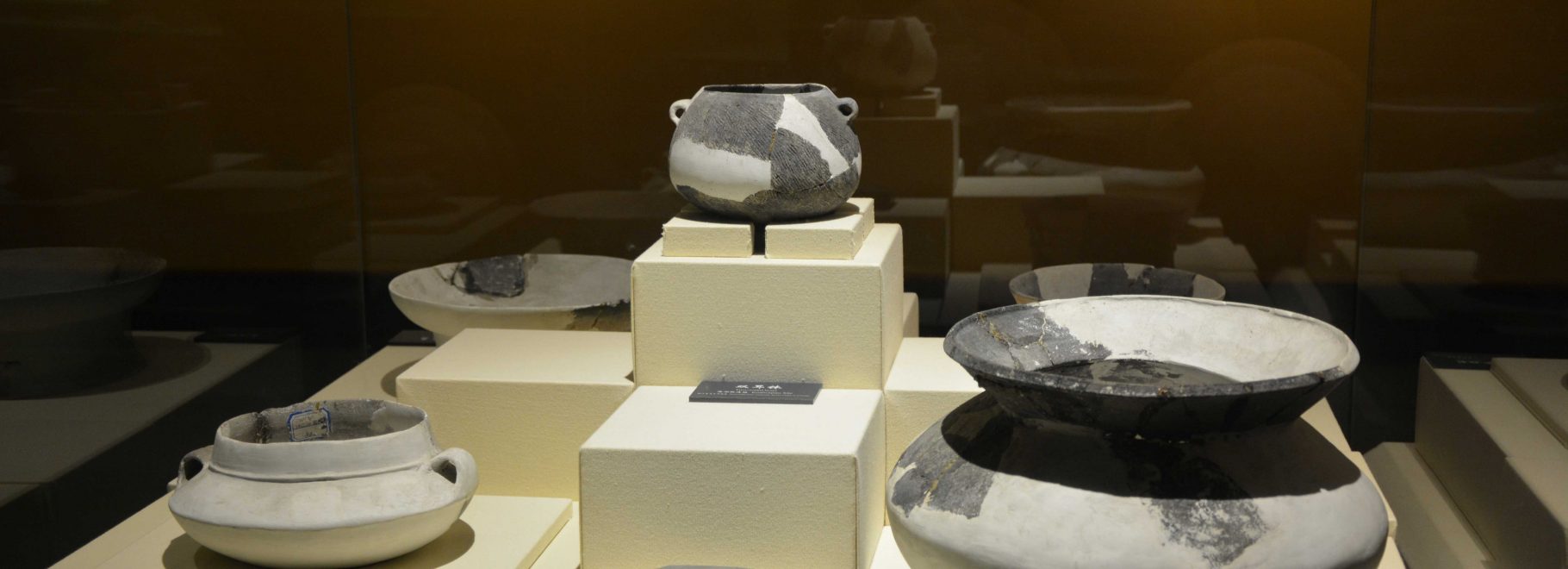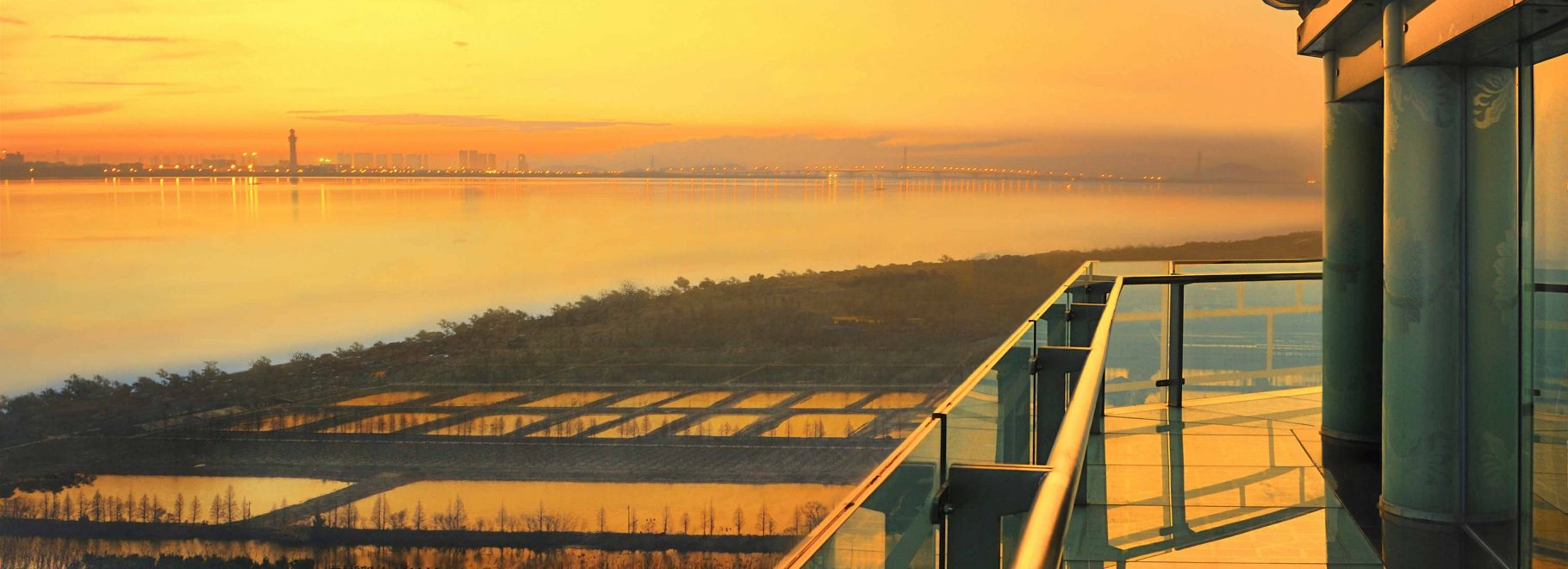National Water Museum of China, Hangzhou, China
The National Water Museum of China(NWMC)is a national museum guided by the Ministry of Water Resources of the People’s Republic of China, which is co-managed by the Ministry of Water Resources and Zhejiang Provincial Government. The establishment of the museum was authorized by the State Council. And the museum was officially open to the public on March 22nd, 2010.
NWMC is located in Hangzhou City, south bank of Qiantang River, about 180 kilometers southwest to Shanghai, with a construction area of over 36,000 square meters. The main building of the museum adopts the shape of pagoda. The pagoda structure satisfies the museum’s purpose of storing precious artifacts as well as represents people’s aspiration of keeping rivers under control through its symbolic meaning of expelling water devils. Appreciated from afar, the building is like a crystal pagoda floating on the water. Hangzhou is the capital city of Zhejiang Province, renowned for its long history as well as numerous scenic spots such as the beautiful West Lake,the Beijing-Hangzhou Grand Canal and the grand Qiantang River Tide. the museum has retained an ecological park covering an area of 150 hectares and a primordial lake area of 50 hectares.
NWMC actively pushes forward its role in displaying the magnificent history of Chinese Water Management and the diffusion of water-saving ideas through educational activities and research programs. The exhibition is divided into Water and Human Civilizations, the Glorious History of Chinese Water Management, the Dragon Brings about Abundant Rain (Rain-praying) together with an outdoor exhibition on Sacred Artifacts in Water Worship. The Exhibition of Water and Human Civilizations demonstrates the complicated and inseparable relationship between water and human civilizations from a global perspective. The Exhibition of the Glorious History of Chinese Water Management fully displays the 5000 years of water control history as well as achievements made in water management during the long run. The Exhibition of the Dragon Brings about Abundant Rain (Rain-praying) is placed at the top of the pagoda structure. The Dragon has long been worshiped as a sacred animal by the Chinese people because they believe it can bring about rain, hence the name of the exhibition. The exhibition is centered on a huge seal with a dragon sculpture on the top of it.
NWMC sees as its responsibility to advocate traditional water culture and modern water technologies. By constructing a Spirit Dam and Thought Reservoir in people’s inner heart, we hope to achieve harmony between human and water.
Museum website: www.nwmc.cn


